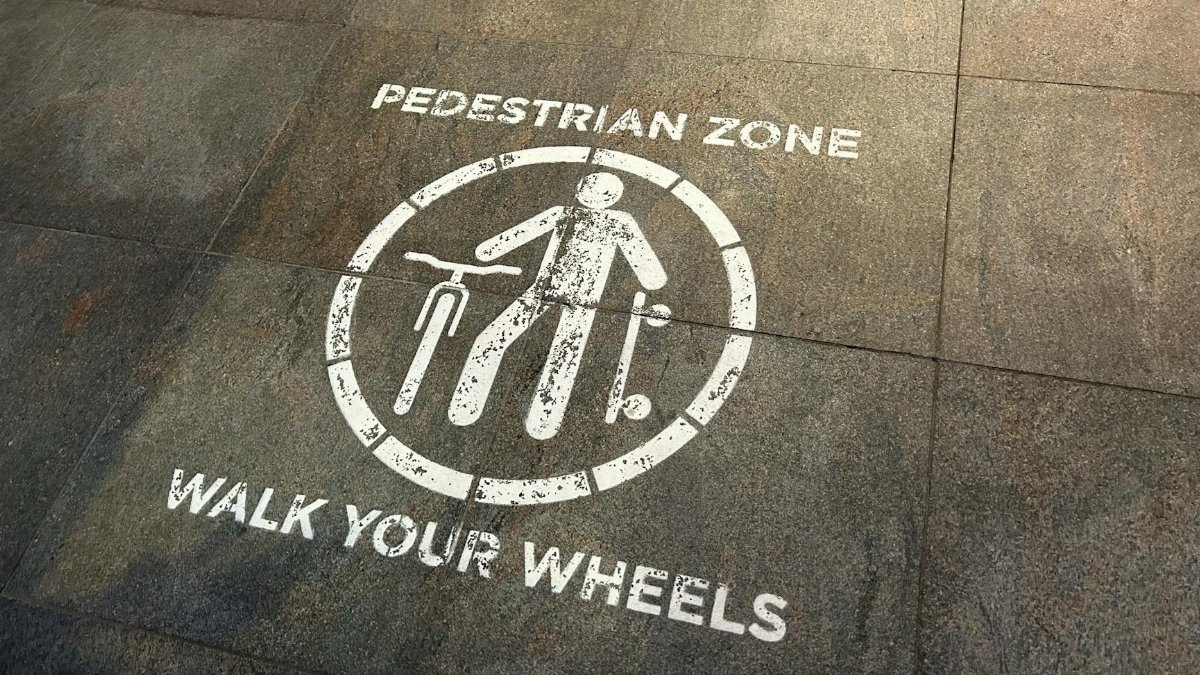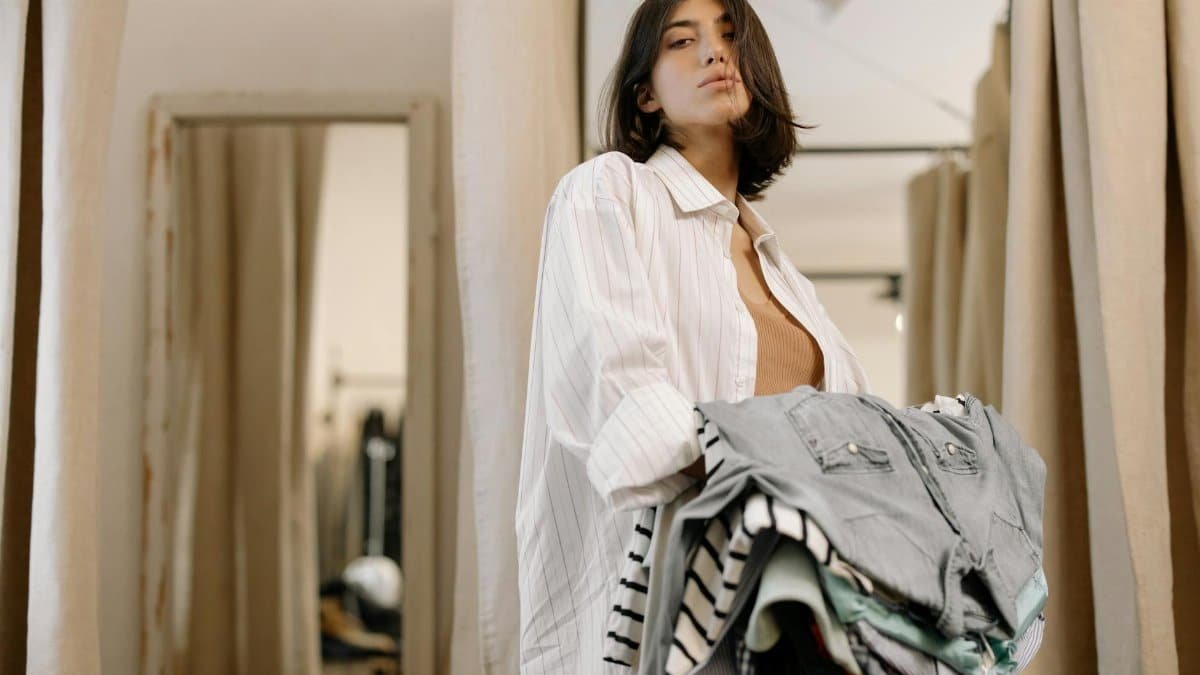Imagine a closet so sparse it could fit into a single suitcase, yet every piece feels like a perfect reflection of who you are—or who you’re becoming. This isn’t just about decluttering; it’s about shedding layers of identity tied to material excess. The concept of a minimalist wardrobe ego, where clothing becomes less about projecting status and more about inner clarity, is gaining traction among Americans seeking simplicity in a world of endless consumption. Walk into any coffee shop in Portland or Brooklyn, and you’ll overhear conversations about capsule wardrobes not just as a style choice, but as a rebellion against the ego’s need for validation through stuff. This isn’t a trend for the sake of aesthetics alone. It’s a quiet movement toward freedom. So, how do you build a wardrobe that serves your soul rather than your insecurities? Let’s break it down through nine actionable rules.
1. Define Your Core Values, Not Your Labels

Start with a question: What do you stand for? A minimalist wardrobe ego begins not with clothes, but with clarity about your principles. Are you drawn to sustainability, practicality, or timelessness? One woman in her forties, after years of chasing trends, sat down with a notebook and listed what mattered most—comfort and authenticity. Her closet shrank from 200 items to 30, each piece reflecting those priorities. This isn’t about mimicking someone else’s “perfect” capsule wardrobe. It’s about stripping away the impulse to signal wealth or coolness through logos or fast fashion. Studies from the Pew Research Center show that over 60% of Americans feel pressure to keep up with material trends, often at the expense of personal satisfaction. Break that cycle. Let your wardrobe echo your values, not your need for approval.
2. Limit Your Palette to Quiet Confidence

Color can scream or whisper. For those pursuing a minimalist wardrobe ego, the goal is the latter. Stick to a narrow range of hues—think neutrals like black, white, gray, or navy—that blend seamlessly. This isn’t just practical; it’s psychological. A cluttered palette often mirrors a cluttered need to stand out. Research from the American Psychological Association suggests visual simplicity reduces decision fatigue, freeing mental space for deeper priorities. One man shared how switching to a grayscale wardrobe felt like turning down the volume on his insecurities. “I stopped worrying if I looked ‘interesting’ enough,” he said. The result? A quiet confidence that didn’t rely on flash. Pick five colors, max. Let consistency be your statement.
3. Own Fewer Pieces, but Better Ones

Quantity feeds the ego; quality starves it. Instead of 20 cheap shirts that fray after a season, invest in five that last years. This shift forces you to confront why you buy—do you need another sweater, or are you soothing a bad day? A 2023 report by the Environmental Protection Agency noted that Americans discard over 11 million tons of textiles annually, much of it fast fashion. Building a minimalist wardrobe ego means rejecting that throwaway mindset. Spend more on a single, well-made coat. Feel its weight, its craftsmanship. Over time, fewer purchases mean less attachment to “more” as a measure of worth. It’s a slow burn, but the detachment is real.
4. Ignore Trends, Embrace Timelessness

Fashion trends are the ego’s playground. They lure with promises of relevance, only to leave you outdated in months. A minimalist wardrobe ego flips this script. Focus on cuts and styles that endure—think a tailored blazer or a plain white tee. These aren’t boring; they’re liberating. Data from the Bureau of Labor Statistics shows Americans spend billions yearly chasing seasonal looks, often discarding them soon after. Imagine redirecting that energy. One online account described the relief of ignoring fashion blogs: “I used to panic if I wasn’t ‘current.’ Now, my closet feels like a sanctuary.” Timeless pieces don’t just save money; they save you from the endless race to be seen as “enough.”
5. Declutter Ruthlessly, Without Sentiment

Here’s where it gets hard. That dress from a decade-old wedding, the jacket you “might” wear someday—let them go. A minimalist wardrobe ego demands brutal honesty. Hold each item and ask: Does this serve me now? Not your past self, not a fantasy future. Sentimentality often masks ego-driven attachment, a need to cling to who you were. Studies suggest decluttering can lower stress, as noted by research linked through the Mayo Clinic. Start small if needed, but don’t stop. A friend once wept while donating half her closet, only to feel lighter days later. “I didn’t realize how much I was carrying,” she admitted. Be ruthless. Freedom waits on the other side.
6. Reject Status Symbols in Fabric Form

Designer logos and flashy brands whisper promises of prestige. They’re also the ego’s loudest cheerleaders. A minimalist wardrobe ego means saying no to clothing as a status marker. This isn’t about shunning nice things; it’s about questioning why you want them. Are you dressing for yourself or for others’ nods? In 2025, as social media continues amplifying comparison, this rule feels urgent. Opt for unbranded, understated pieces. A simple wool sweater doesn’t need a label to keep you warm. Over time, you’ll notice the itch for external validation dulls. It’s not instant, but it’s powerful. When admiration comes, let it be for your character, not your closet.
7. Create a Uniform for Mental Ease

Think of a daily uniform as a shield against ego. Steve Jobs had his black turtleneck; Mark Zuckerberg, his gray tees. A minimalist wardrobe ego thrives on repetition—pick a go-to outfit formula and stick to it. Maybe it’s jeans, a plain shirt, and sneakers. The point isn’t monotony; it’s peace. Decision fatigue, as psychologists often note, drains willpower. Simplifying your daily choice frees you to focus elsewhere. One middle-aged teacher tried this for a month, wearing nearly identical outfits. “I felt boring at first,” she laughed, “but then I stopped caring what anyone thought.” That’s the win. Uniformity isn’t conformity. It’s a quiet rebellion against overthinking appearance.
8. Shop with Intention, Not Impulse

Every purchase should pass a strict test: Do I need this, and does it align with my core? Impulse buys are often ego-driven, a quick hit of dopamine to mask insecurity. A minimalist wardrobe ego requires slowing down. Wait 48 hours before clicking “buy.” Walk away from sale racks unless the item fits your vision. This discipline isn’t just about saving money; it’s about rewiring your relationship with consumption. Retail therapy loses its grip when you shop with purpose. Picture a closet where every hanger holds intention. That’s not restriction—it’s control. And in a culture obsessed with instant gratification in 2025, control is radical.
9. Reflect on What Clothing Means to You

Finally, sit with this: What does your wardrobe say about who you are? Not to others, but to yourself. A minimalist wardrobe ego isn’t just about fewer clothes; it’s about understanding why they matter at all. Are they armor, comfort, or a mask? Journaling can help unpack this. One person found, after months of trimming their closet, that they’d been hiding behind loud patterns to avoid feeling invisible. Letting go of excess revealed vulnerability—but also strength. This last rule isn’t a step; it’s a loop. Keep asking. Keep peeling back layers. The ego thrives in unexamined corners. Shine a light there, and watch it shrink.
